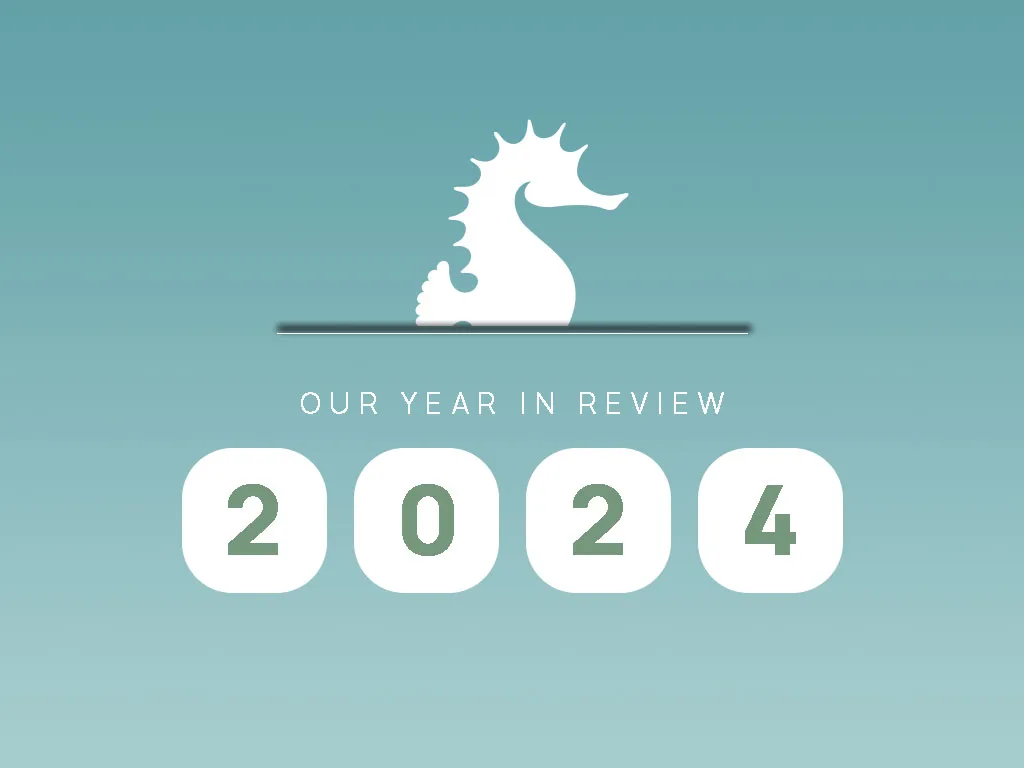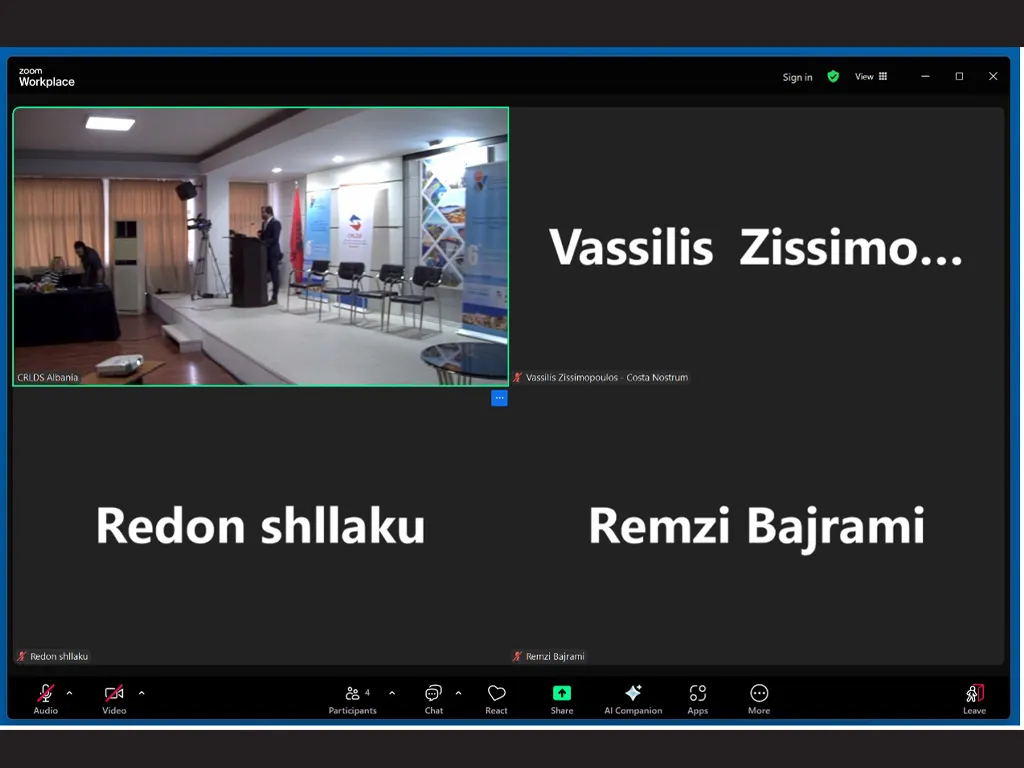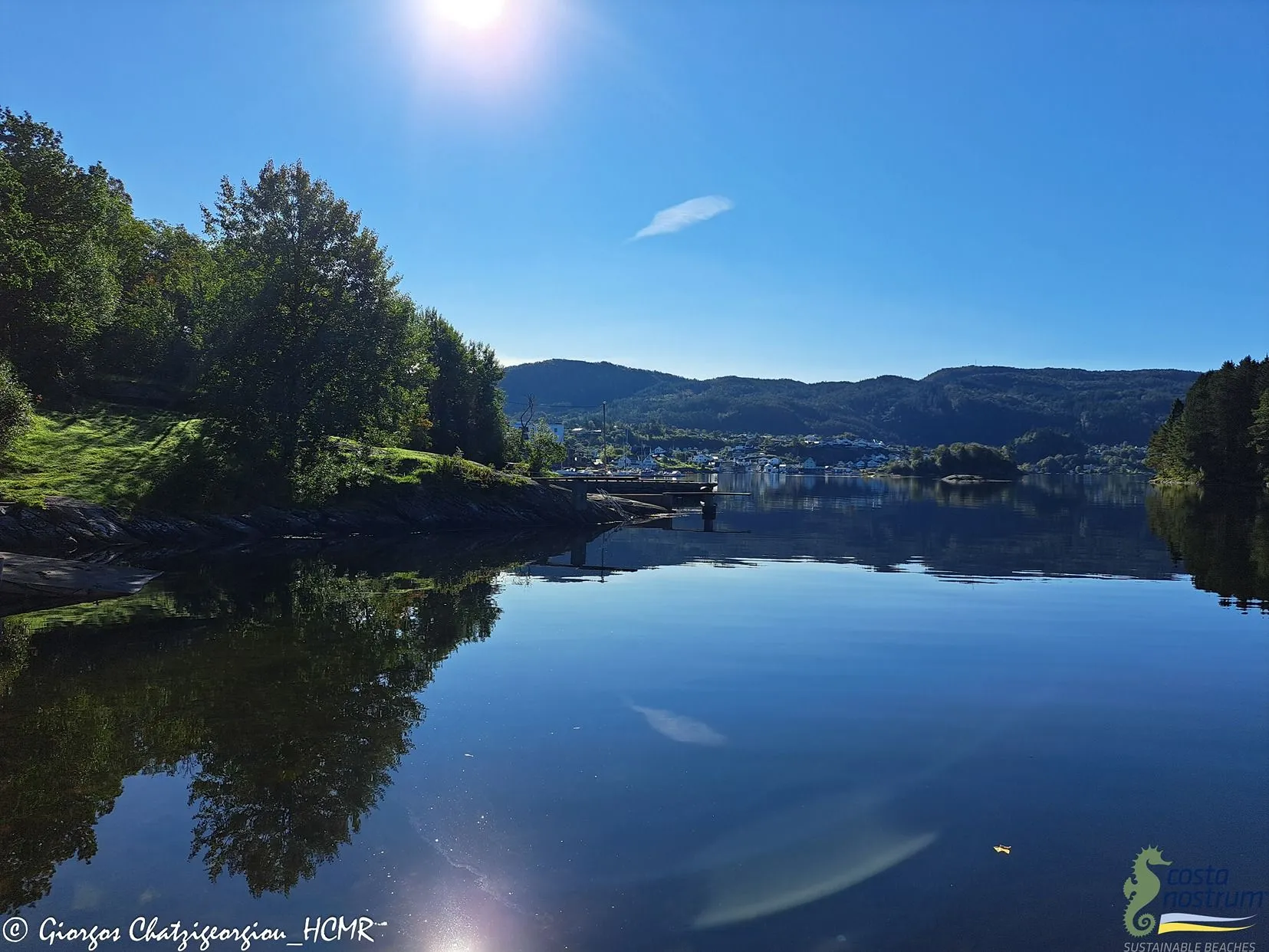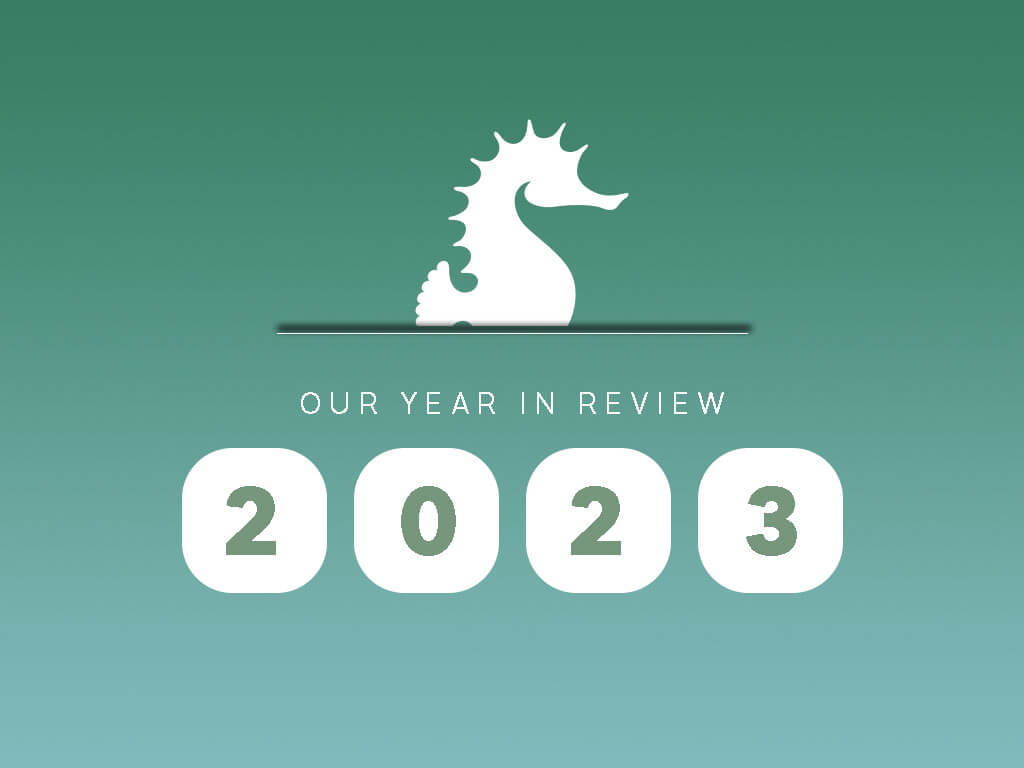On the occasion of a relatively recent article by WWF Hellas (see the relevant article here, in Greeks only), regarding the garbage on the beaches and how particularly acute the problem is, since about 8,000 tons of plastic end up polluting the Greek beaches every year with very negative results for the coastal environment, but also for the tourist product of our country, we take the opportunity to capture our thoughts, but also to inform all stakeholders that there are possible solutions to this problem, as long as there is the will!
Tourism and garbages on the beach
A European program related to the subject, and which was completed in 2019, estimated that the waste on the beaches increases by about 110% during the tourist season compared to the non-tourist season.
The issue of waste management in a sensitive ecosystem such as the coastal zone – beach, is a very complex and multifactorial project. Complex because it involves the respective coastal municipality, the beach manager (public or private), those who are responsible for garbage collection on the beaches, and of course the bather (tourist or not).
At the same time, it is multifactorial because the coastal zone, all over the Mediterranean Sea, is a very sensitive ecosystem of unique natural beauty, and at the same time a place with a large accumulation of people – bathers at irregular intervals during the summer season. At the same time, Mediterranean beaches are one of the strongest “papers” for the promotion of our tourist product, worldwide.
Taking into account all the above, it is easy to understand that the sustainable management of waste on the beaches is a rather difficult “achievement” and an unsolvable equation.
The bather, the beach manager, and the Municipality
The bather when he wants to throw his garbage while on the beach, he should look hard enough in order to find a bin, and even when he finally finds it (not at all elegant most of the time) if he happens to be a foreigner, he will not know which bin is for the recycling materials and which for the mixed wastes. The manager of the beach, on his part, knows very well that the bather is just a “passerby” so he tries to do his job as “lighter” as possible, while the municipality, under the pretext of the two previous ones (bathers and manager) does some formal beach clean-up efforts, which in some cases can be catastrophic for the coastal ecosystem (related previous article here). If we add into the equation and the sand that exists on the busiest beaches and someone can comfortably “plant” his cigarette butt without being seen by anyone, then it is easy to understand how more complex and difficult sustainable waste management becomes.
Efforts by various bodies and European programs on the subject are extremely positive and in the right direction, but unfortunately, they have some serious drawbacks. They are for a limited number of beaches and for a limited period of time, while they do not “embrace” all aspects of the problem.
The solution to the problem
With the aim of solving all these problems, but also with the main purpose the sustainable management and development of all the Mediterranean beaches, at all levels and their optimal promotion worldwide, the Costa Nostrum – Sustainable Beaches protocol was created 6 years ago. An extremely important tool of this protocol is that through a continuous anonymous questionnaire (specific for each beach and in 3 languages Greek, English, and German), each bather visitor of the beach can judge and evaluate the cleanliness of the beach, the cleanliness of the sea-area near the beach (because there is a lot of waste unfortunately and in the sea) and of course he can evaluate the whole waste management procedure.
So, on the one hand, the bather – visitor of each certified sustainable beach has a unique tool in his hands, with which he can assess in real-time the management situation of the beach. But also, the management body of the beach (public or private), and of course the coastal municipality to which the certified beach belongs, have very important information, which can be evaluated in various ways and of course to intervene (the municipality or/and the beach’s management body) where and when necessary.
The bather, from supernumerary, becomes protagonist!
So far, more than 6,000 questionnaires have been collected from certified beaches (public and privately operated by hotel units), so there is a very good estimate of how bathers perceive the beaches, what they want from them, and what the improvement points are.
According to the answers of the bathers, it seems that the waste management and in general the cleanliness of the certified sustainable beaches is at a fairly high level since the degree of satisfaction of the bathers regarding the sustainable waste management of the wastes and the cleanliness of the beaches, are both near to 81% and 85%, respectively.
It is therefore concluded that, since there is a continuous tool of evaluation and control, all those involved try to do the best they can.
Considering the high degree of satisfaction of bathers in terms of environmental information (via the website of each certified sustainable beach and its sign) on issues of coastal flora and fauna that was previously non-existent, it is easy to understand that the bather from a simple swimmer of a certified sustainable beach, is becoming a well-informed and environmentally aware citizen.
“We’re the first generation to know that we are destroying the world and the last that can do something about it.” – Tanya Steele, WWF
So, let’s start this effort from our beaches…








